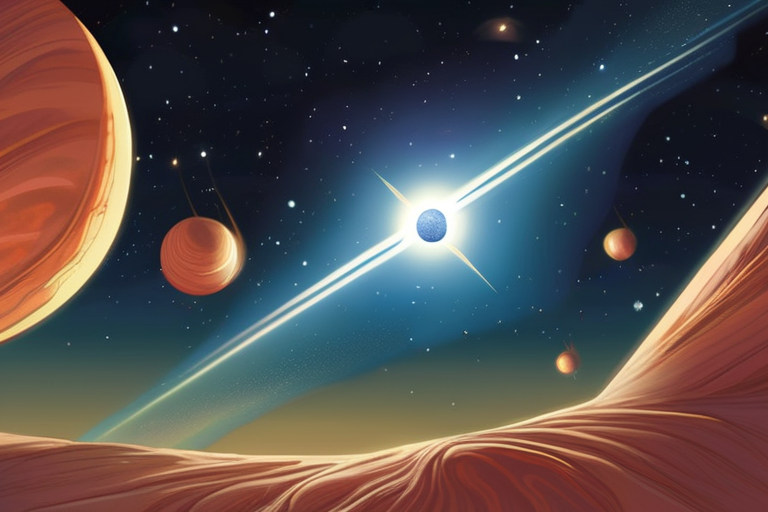
Multi-Source Journalism
This article synthesizes reporting from multiple credible news sources to provide comprehensive, balanced coverage.

Multi-Source Journalism
This article synthesizes reporting from multiple credible news sources to provide comprehensive, balanced coverage.
Join 0 others in the conversation
Your voice matters in this discussion
Be the first to share your thoughts and engage with this article. Your perspective matters!
Discover more articles
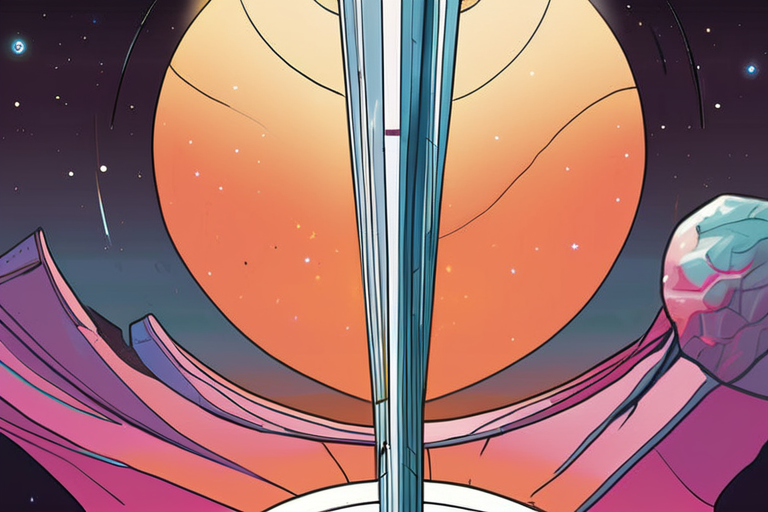
Scientists are abuzz with excitement over the discovery of an interstellar comet, 3IATLAS, which entered our solar system this summer, offering a rare chance to study a distant planetary system. This ancient comet, the third of its kind to enter our
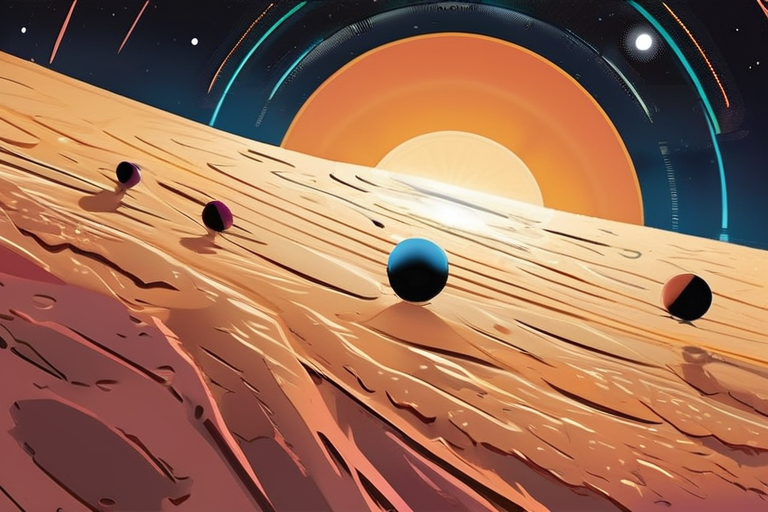
Astronomers' pursuit of specific celestial targets has led to numerous groundbreaking discoveries that surpassed their initial intentions. These serendipitous findings have significantly expanded our understanding of the universe, including the accid

In a rare celestial event, two green comets are visible in the night sky for the first time in 1,150 years, offering a last chance to witness their brilliance. Comet Lemmon and Comet SWAN have reached their closest point to Earth, appearing at their
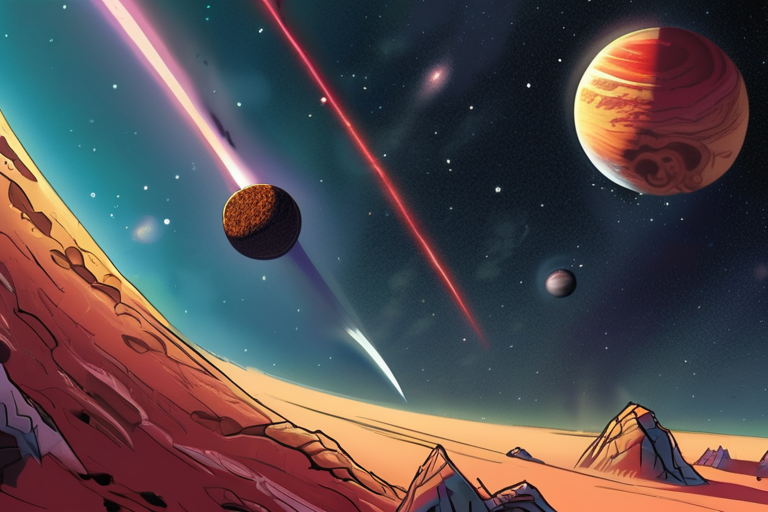
A rogue planet called Cha 1107-7626 has been observed rapidly consuming gas and dust at an unprecedented rate of 6 billion tonnes per second, challenging current understanding of planetary formation. This phenomenon blurs the line between planets and
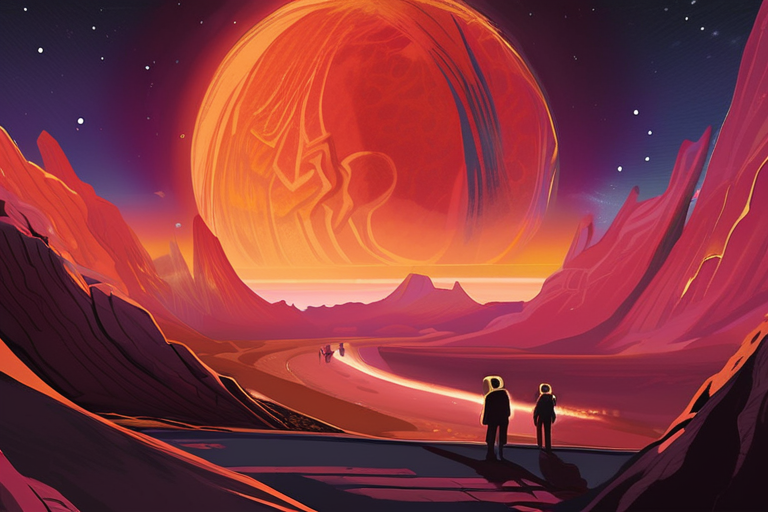
Astronomers have made a groundbreaking discovery using the James Webb Space Telescope, revealing fiery auroras and intense storms on SIMP-0136, a rogue planet without a star. The observations provide unprecedented insights into extraterrestrial weath
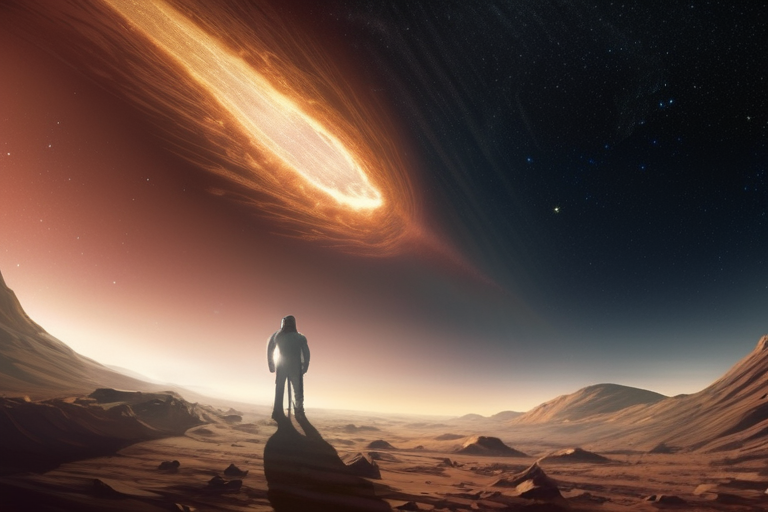
Scientists are abuzz as a rare interstellar comet, 3IATLAS, approaches Earth, offering a unique chance to study a distant planetary system. This ancient comet, which originated outside our solar system, is only the third of its kind to enter our syst
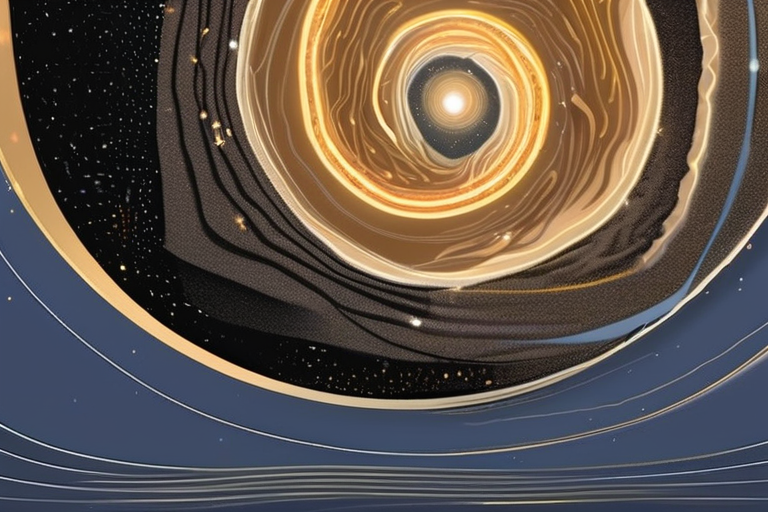
A groundbreaking discovery by the European Space Agency's Gaia telescope has revealed a colossal wave rippling through the Milky Way, spanning tens of thousands of light-years and affecting stars across the galaxy's disc. This enigmatic phenomenon, w

A recent study by researchers at the University of New Mexico has revealed a potential threat associated with the Taurid meteor shower, commonly known as "Halloween fireballs." The research suggests that clusters within the Taurid meteor stream could

Astronomers have unveiled a striking image of a cosmic bat, a vast cloud of gas and dust resembling a bat's silhouette, located approximately 10,000 light-years away in deep space. The eerie glow emanates from newborn stars igniting the surrounding g
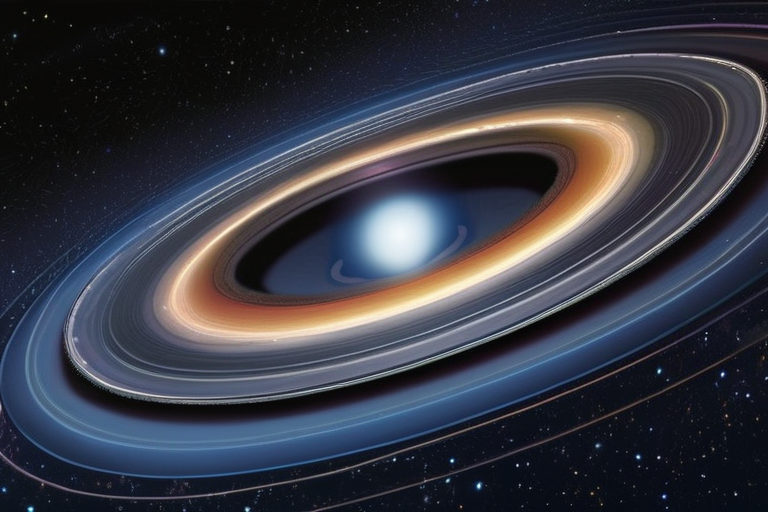
Astronomers have discovered the most powerful and distant "odd radio circle" (ORC) ever seen, challenging current theories about its origins. This massive ring, nearly 10 billion years old, is a complex structure of relativistic plasma surrounding a

Astronomers have made a groundbreaking discovery using the Hubble Space Telescope, capturing a "dead" star in the midst of devouring a Pluto-like object. The white dwarf, WD 1647375, has been observed consuming fragments from its victim, which likely
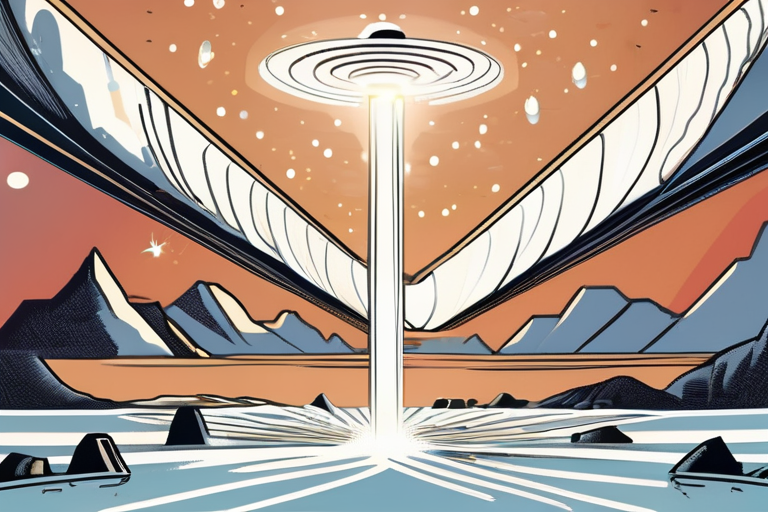
Astonishingly, astronomers have discovered that Comet 3I/ATLAS, the third-ever detected interstellar object, is spewing water vapor into space at an incredible rate. Using NASA's Swift Observatory, researchers detected hydroxyl (OH) emissions from th
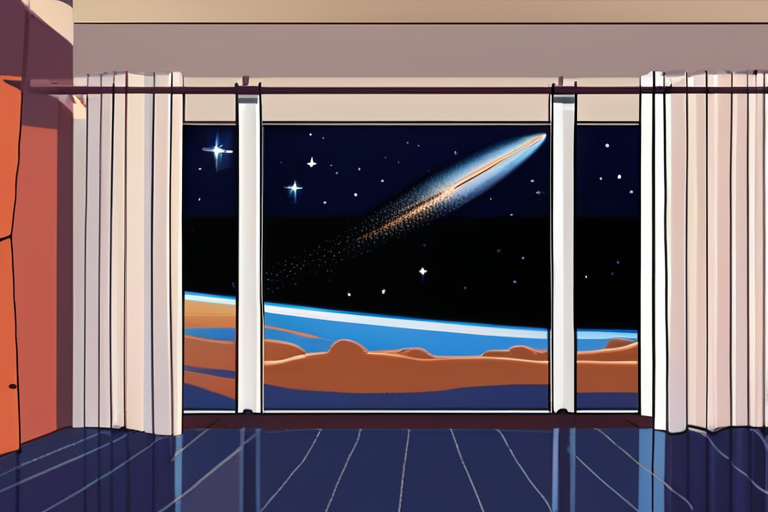
Scientists at the European Space Agency have detected an interstellar visitor, comet 3IATLAS, passing close to Mars, marking only the third such discovery in history. The comet's glowing coma was captured by the ExoMars Trace Gas Orbiter as it approa

In a stunning discovery, astronomers have detected hydroxyl emissions emanating from Comet 3I/ATLAS, revealing the presence of water on its surface. This breakthrough was made possible by using NASA's Neil Gehrels Swift Observatory, which can pierce

This week marks the last opportunity for Northern Hemisphere skywatchers to witness two rare green comets, Comet Lemmon and Comet SWAN, for the next 1,150 years. These long-period comets from the Oort Cloud, a distant sphere of icy bodies surrounding

For the first time in history, a comet from outside our solar system has been observed passing close to Mars, providing scientists with a rare opportunity to study an interstellar visitor up close. Comet 3IATLAS, only the third of its kind ever disco
Astronomers have made a groundbreaking discovery by capturing the first-ever image of a growing exoplanet, WISPIT 2b, forming within a gap in a dusty ringed disk around a star similar to our sun. This observation confirms long-theorized concepts abou
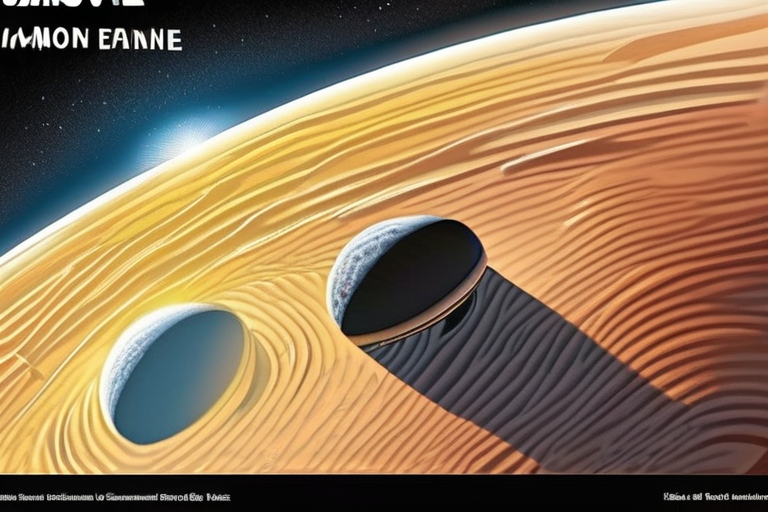
Astronomers using the James Webb Space Telescope have made a groundbreaking discovery, detecting a carbon-rich disk around a giant exoplanet likely forming moons. This finding sheds new light on the mystery of missing exomoons and suggests that moon
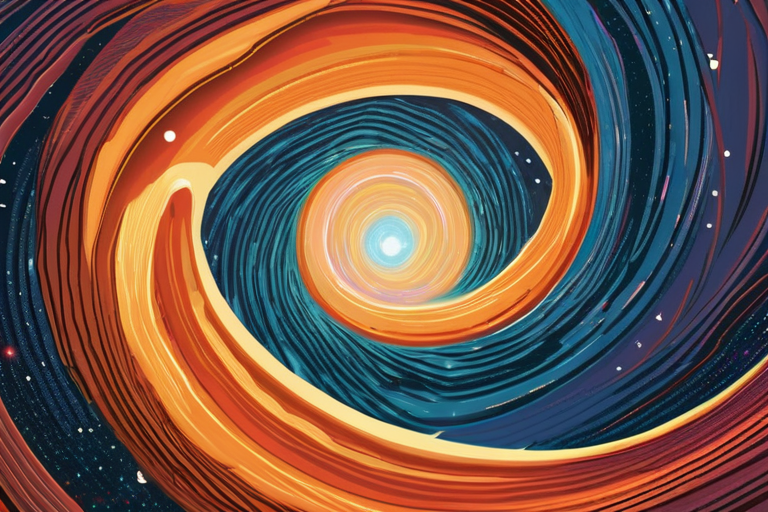
A colossal wave spanning tens of thousands of light-years is rippling through the Milky Way, as revealed by the European Space Agency's Gaia telescope. This wave, moving through the galaxy's disc, shifts stars in a mesmerizing pattern, with some scie
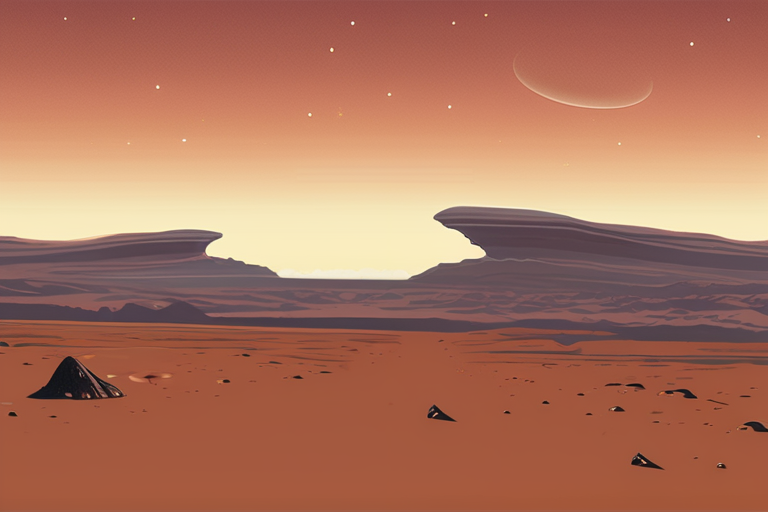
A rare interstellar visitor, comet 3IATLAS, has been spotted by the European Space Agency's Mars orbiters, marking only the third such discovery in history. The comet's glowing coma was detected as it approached the Red Planet, providing a unique opp
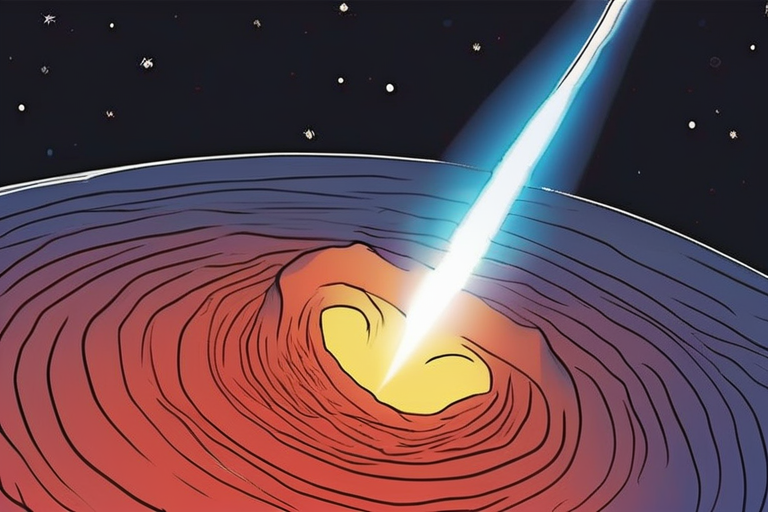
Scientists are racing to study the 3IATLAS comet, a rare interstellar object from another star system that has entered our solar system, posing no threat to Earth or its neighboring planets. This ancient comet, made of ice, dust, and gas, is only the
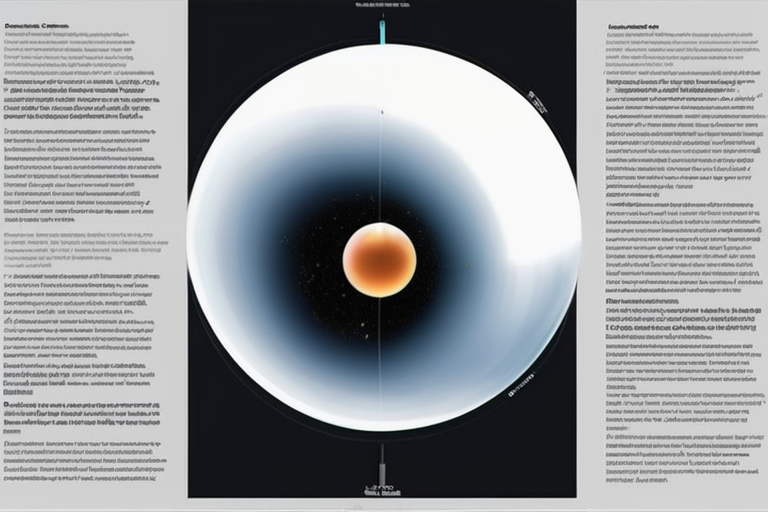
Astronomers have made a groundbreaking discovery with the James Webb Space Telescope, detecting a carbon-rich disk around a giant exoplanet that is likely forming moons. This finding sheds new light on the mysterious absence of confirmed exomoons in

Astronomers have discovered a rogue planet, Cha 1107-7626, located 620 light-years away, which is consuming massive amounts of gas and dust at an unprecedented rate of up to 6 billion tonnes per second. This rapid accretion is likely being accelerate
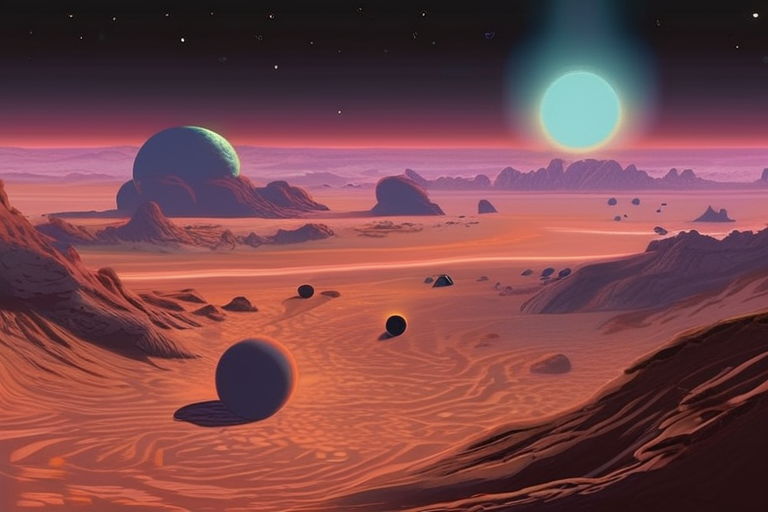
Astronomers have discovered the fastest-growing "rogue" planet ever observed, consuming up to 6 billion tonnes of gas and dust per second due to its strong magnetic fields. This phenomenon is accelerating the planet's accretion process, making it a u
Share & Engage Share
Share this article